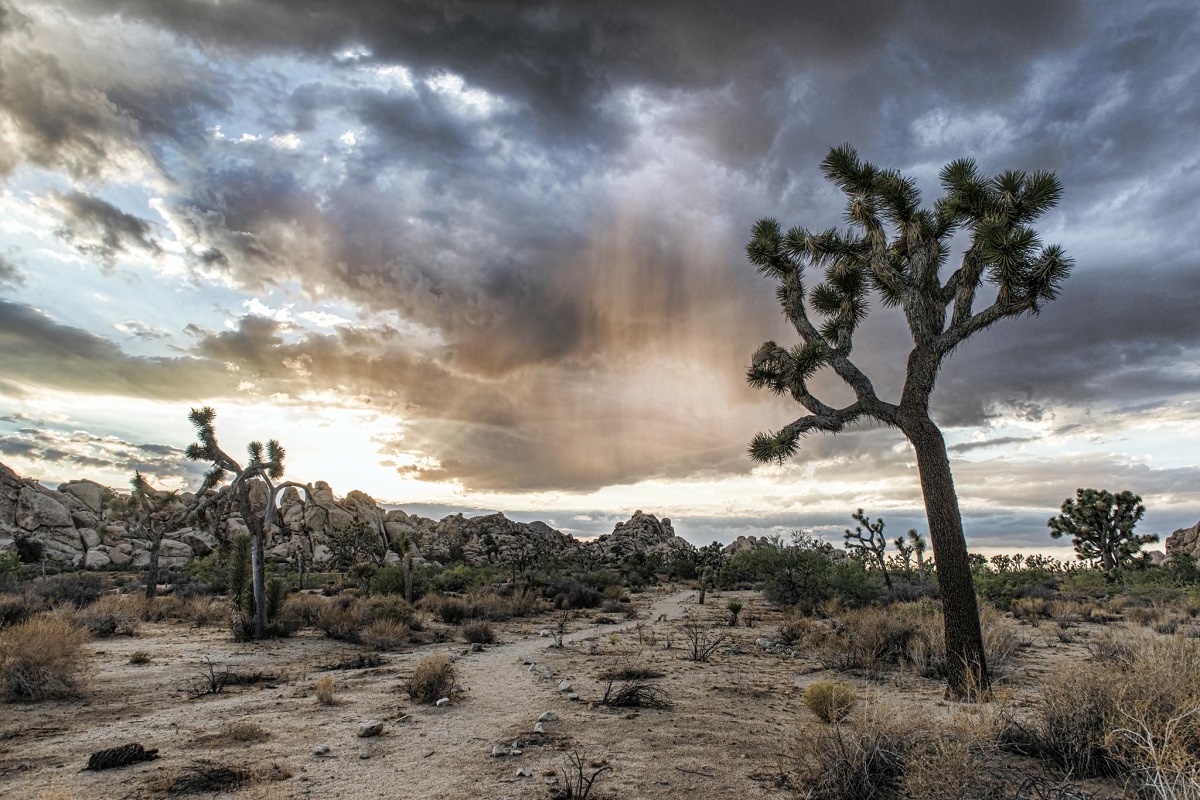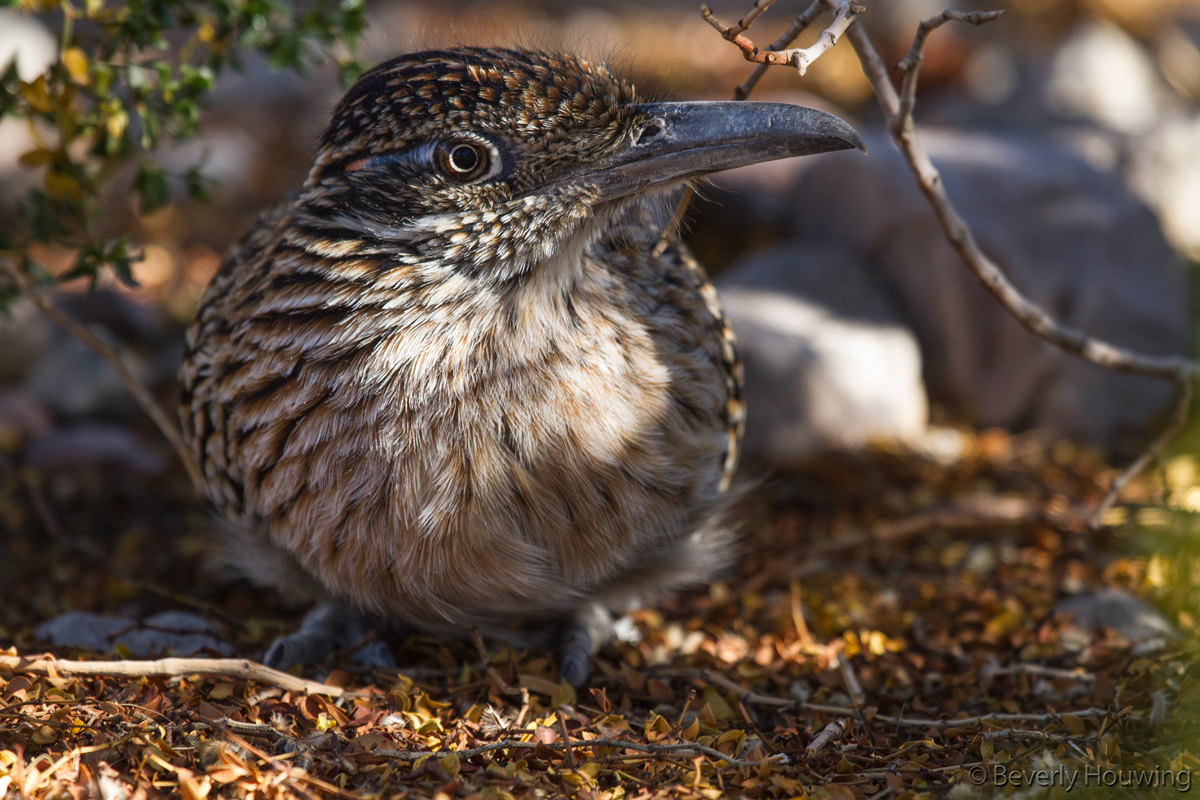By Allie Wisniewski, American Forests

Death Valley, Calif.: America’s driest national park and one of the hottest places in the world at the peak of summer. In fact, it was at Death Valley’s Furnace Creek that the highest air temperature in history (134° Fahrenheit) was recorded in 1913. With these kinds of credentials, I don’t blame you for wondering who or what could possibly live in such an extreme environment. The name itself brings to mind a vision of grim and desolate wilderness.
The National Park Service is keen to correct this misconception, stating, “Despite its reputation as a lifeless wasteland, Death Valley National Park contains a great diversity of plants.” Lower elevations boast a vast variety of vegetation including desert holly, mesquite and creosote bush, while higher points are covered in blackbrush, Joshua tree, pinyon-juniper, limber pine and bristlecone pine, to name a few. Of course, an assortment of cacti and succulents flourish in the area, including the grizzly bear pricklypear, California barrel cactus, Mojave mound cactus and pickleweed. Even wildflowers like the indigo bush and the golden evening-primrose bloom in the desert sun, adding splashes of color to the often washed-out landscape.


A diverse community of animals also makes its home in Death Valley’s scorching conditions, which is a particularly impressive feat considering the region’s lack of an abundant water supply. Many areas of the park, specifically the basins below sea level, receive less than two inches of rain per year. The animals that live here rely on special adaptations that allow them to survive (and even thrive!). The bighorn sheep, for example, can drink numerous gallons of water at a time when it becomes available, and then lose a third of its body weight in the next several days due to dehydration. Kangaroo rats, on the other hand, don’t even need to drink water, as their vegetarian diet provides sufficient hydration.
What about the heat? Well, a few species like roadrunners and jackrabbits are able to brave the daytime sun with their naturally high body temperatures and heat-releasing oversized ears. On top of that, most desert animals such as coyote are strategically nocturnal, allowing them to rest and save energy during the day, emerging to hunt at dawn and dusk when it is significantly cooler.


Want to see this otherworldly desert habitat for yourself? While visitors are welcome to explore the park, the National Park Service advises you not to attempt to “help” the native animals by feeding or interacting with them in any way, and insists that they are “perfectly designed” to live in Death Valley. It sure seems that way. When it comes to this fascinating land of extremes, the NPS said it best: “Towering peaks are frosted with winter snow. Rare rainstorms bring vast fields of wildflowers. Lush oases harbor tiny fish and refuge for wildlife and humans. Despite its morbid name, a great diversity of life survives in Death Valley.”